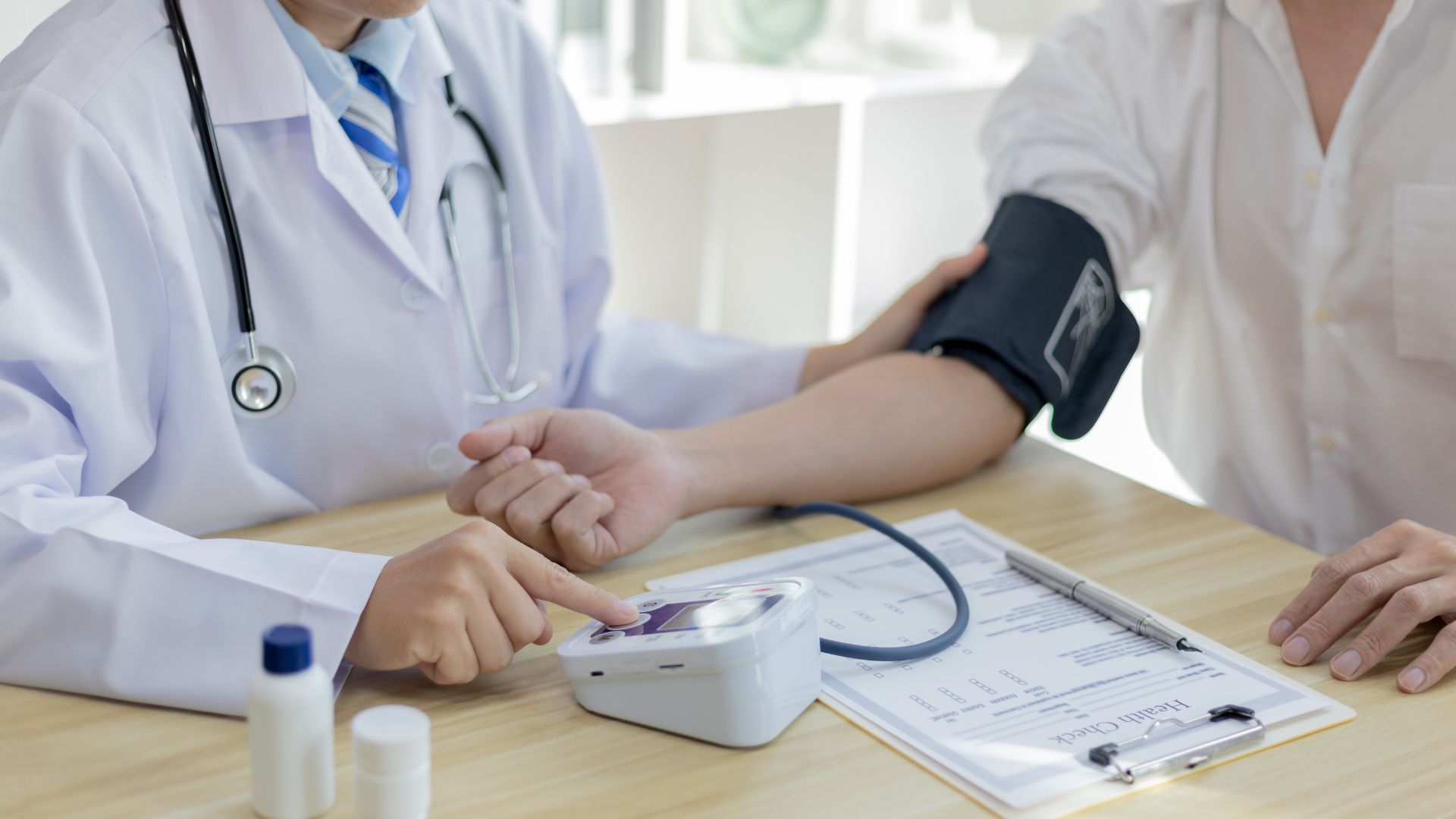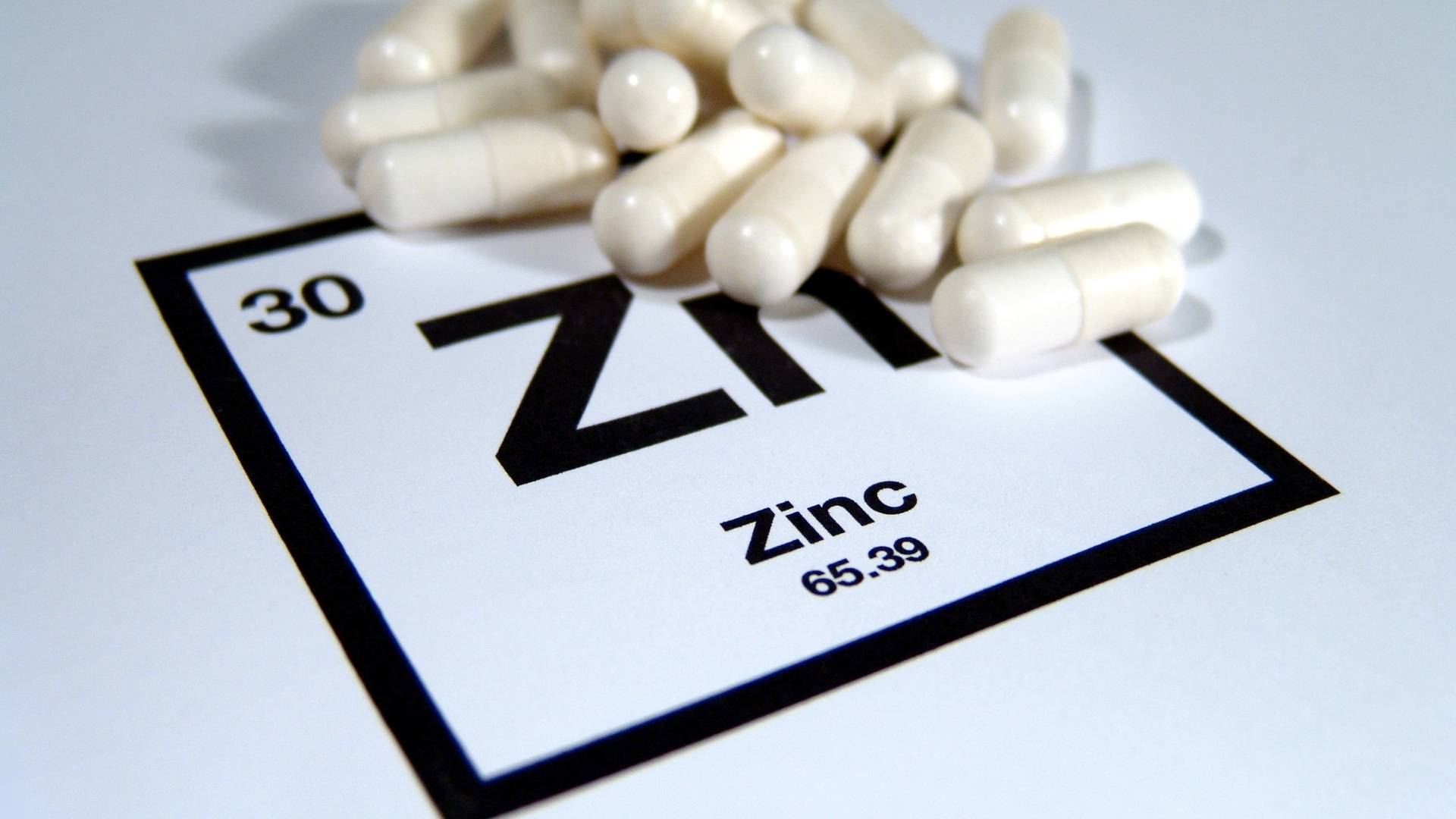If you have a history of colorectal cancer in your family, we recommend a genetic test to see if you are at risk for the disease.
Statistically, colorectal cancer affects one in 20 people. About 25% have a family history of recurrent cases of the disease. However, in addition to hereditary predisposition, the influence of many other factors besides genetics cannot be discounted. And only 5% of all cases can be considered directly hereditary.
Lynch syndrome is considered a hereditary nonpolyposis colon cancer. And it accounts for the majority of genetically determined colorectal cancer cases (2-3% of all cases).
Who is recommended to have a genetic test for colorectal cancer?
A person whose family history suggests a predisposition to the development of genetically determined colorectal cancer. These factors include :
A family history of early onset :
- Colorectal or endometrial cancer before the age of 50
- Colorectal cancer before the age of 60 and high frequency microsatellite instability on histological analysis
Multiple polyps in the colon :
- Colorectal adenomatous polyps (if more than 10)
- Gamartoma gastrointestinal polyposis
Family history :
- Patient whose close family members include several people with colorectal cancer or Lynch Syndrome.
Benefits of genetic tests to reduce risk:
Determining the right strategy to control or even manage the disease is possible. First, we need to obtain reliable clinical data, namely to determine the presence of a pathogenic mutation to link the clinical phenotype to a specific type of genetically determined colorectal cancer or associated syndrome.







